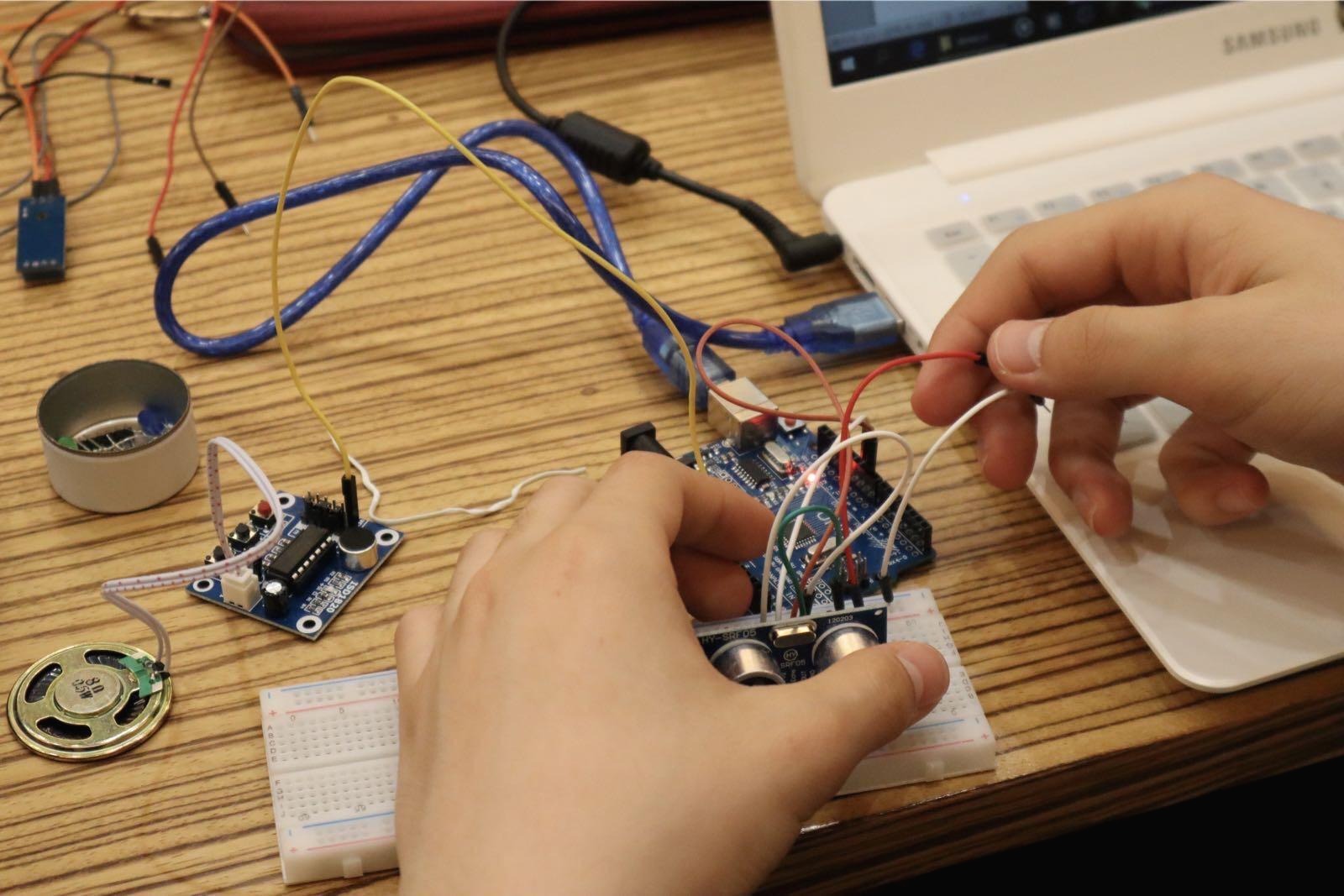[항해99] 36일차 API 짜기
항해 99
36일차:
API설계도를 보고 각자 맡은 api설계를 하기로했다.
몇번 프론트분들과 얘기를해서 중간중간 변경도 하고, 처음보다 변경사항이 꽤있는것같다.
1. req.param vs req.quary
2. seqeuilizer + express API
findOne : 값에 맞는것중 하나만 찾아온다. (첫번째로 찾은것만 가져오는걸까?)
작성자 (nickname) 가 쓴 글을 가져와서 수정한다.
app.post('/ads', async (req,res)=>{
const {title,category,content,participant,maxPeople} = req.body
console.log(req.body)
const nickname = "gil"
const user = await User.findOne({where: {nickname: nickname}})
console.log(user)
try {
const newPost = await Ad.create({
title,
nickname,
category,
content,
participant,
maxPeople
})
user.addAd(newPost)
res.send("okay")
} catch (error) {
res.send("errror msg")({
errorMeassage: "Can not post this"
})
}
})findAll
찾고자하는 값과 같으면 다가져온다.
이 api 는 get을이용해서 req.query를사용한다
?category=potato 부분이 쿼리이고, /ads/:id로 해서 param으로 가져올수있지만, REST 하게 api를 짠다면
get + qeury 로 가져오는게 더 알맞은방식이다.
그래서 quary가 없다면 -> 그냥 모든 포스트를 가져오고
quary가잇다면 필터기능해서 해당하는 카테고리의 글들을 가져온다.
app.get('/ads', async (req, res) => {
const { category } = req.query;
if (category){
const ads = await Ad.findAll({ where:{category:category }});
res.json(ads)
}
else{ const ads = await Ad.findAll();
console.log(ads);
res.json(ads)
}
});
update
찾아서 값을 update해준다
adId로 글을찾아서 그 글의 title 과 content 를 변경해준다.
app.put("/ads/:adId", async(req,res)=>{
const {adId} = req.params
const {title, content} = req.body
const updatedAd = await Ad.update({ title:title, content:content},{
where:{
id :adId,
}
})
res.send(updatedAd)
})destroy
adId로 찾아서 삭제해준다!
app.delete('/ads/:adId', async (req,res)=>{
const {adId} = req.params
const user = await Ad.destroy({where: {id : adId}})
res.status(200).send("successfully deleted")
})
여기서 중요한점은 앞서말한 get-> req.query로받아오기 post. put, delete는 :id로 req.param으로 받아올수있다.
3. junction model pattern
ORM은 언제나 어렵다.
서로 두 모델이 has many의 관계일때, many to many관계일때, 두 모델 중간에 junction이 필요하다.
https://khalilstemmler.com/articles/sequelize-tags-junction-pattern/
Junction Model Pattern: Many-to-Many - Sequelize | Khalil Stemmler
Many-to-many is a common modeling relationship between two entities. Here's one way to handle it with the Sequelize ORM.
khalilstemmler.com
4.
관심사 분리 / sepeartion of concern ;
이부분은 design pattern? design philasphy부분인것같은데,
프로젝트의 폴더 구조, 파일구조 등을 설계할때 쓰이는 컨셉인것같다.
관심사 분리를 이용하면 프로그램의 설계, 디플로이, 이용의 일부 관점에 더 높은 정도의 자유가 생긴다. 이 가운데 일반적인 것은 코드의 단순화 및 유지보수의 더 높은 수준의 자유이다. 관심사가 잘 분리될 때 독립적인 개발과 업그레이드 외에도 모듈 재사용을 위한 더 높은 정도의 자유가 있다
OOP 수업을들을때 design pattern을 할때배웠던 비슷한 컨셉인것같기도 하다.
일단 , 우리 프로젝트에서 이 concept이 적용이 된 부분은
model들이 모두 함수로 export되어서 -> model/index부분에서 모든 모델을 관리해주고 db로 연결을해준다.
model 들과 db table을 나눠주고 나중에 유지보수가 더 수월하다는걸까 ? (아직까지 확실하게 알고잇는 개념은 아닌것같다)
그냥 추상화(abstarction?)의 일종이라고 익혀두고 넘어가자.
model/index:
const Sequelize = require('sequelize')
const { config } = require('./../config/config.json')
const Comment = require('./comments')
const Ad = require('./ads')
const User = require('./users')
const sequelize = new Sequelize(config)
const dataTypes = Sequelize.DataTypes
const models = {}
models.sequelize = sequelize
models.User = User(sequelize, dataTypes)
models.Ad = Ad(sequelize, dataTypes)
models.Comment = Comment(sequelize, dataTypes)
models.User.associate(models)
models.Ad.associate(models)
models.Comment.associate(models)
module.exports = models
'IT > Bootcamp 항해99' 카테고리의 다른 글
| [항해99] 38일차 회원가입 API (0) | 2021.07.14 |
|---|---|
| [항해99] 37일차 백앤드와 프론트 협업 (0) | 2021.07.13 |
| [항해99] 35일차 expresss (0) | 2021.07.11 |
| [항해99] 34일차 Sequlizer , mySQL , modeling (0) | 2021.07.11 |
| [항해99] 33일차 미니프로젝트 (4) | 2021.07.10 |








